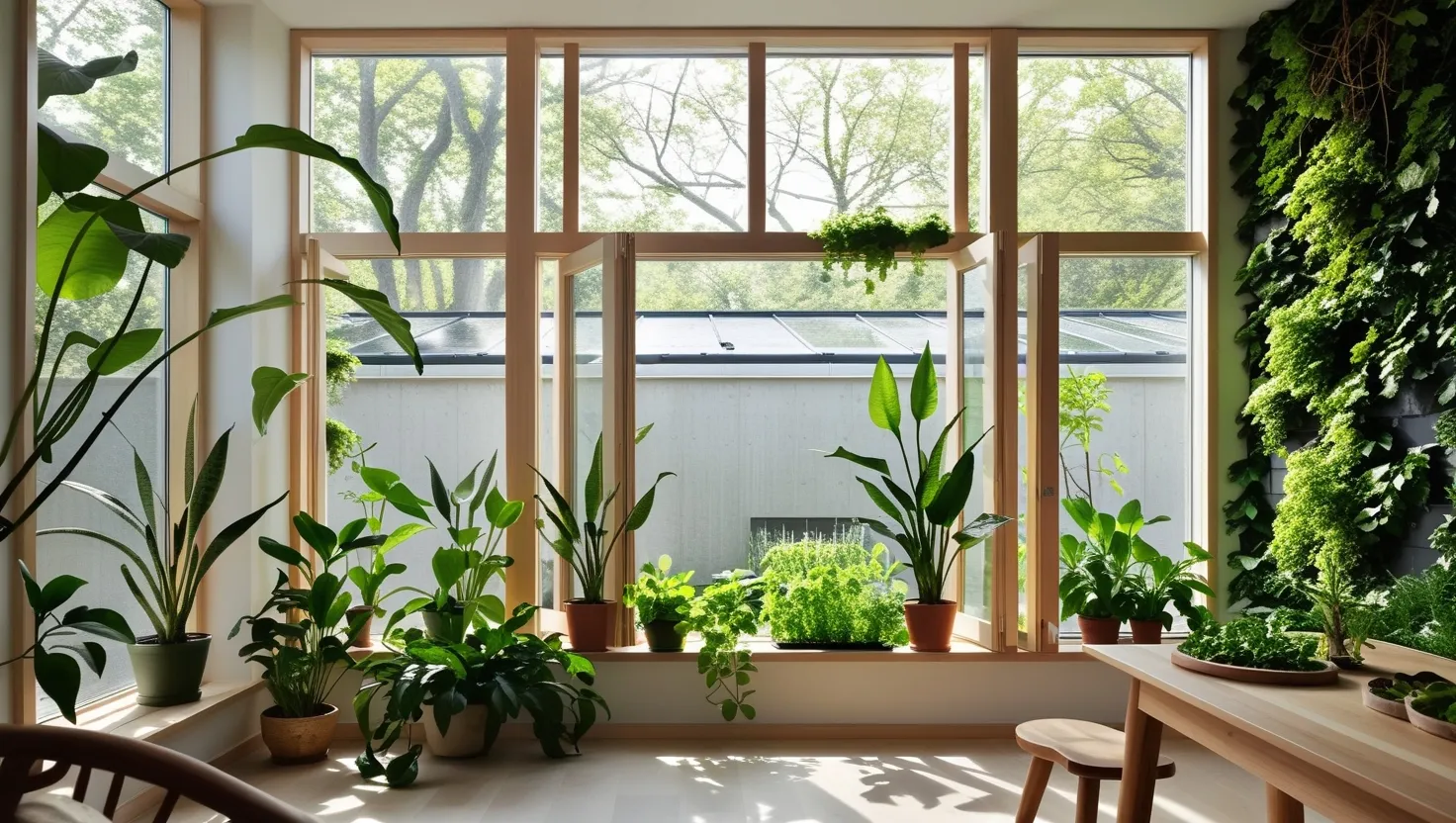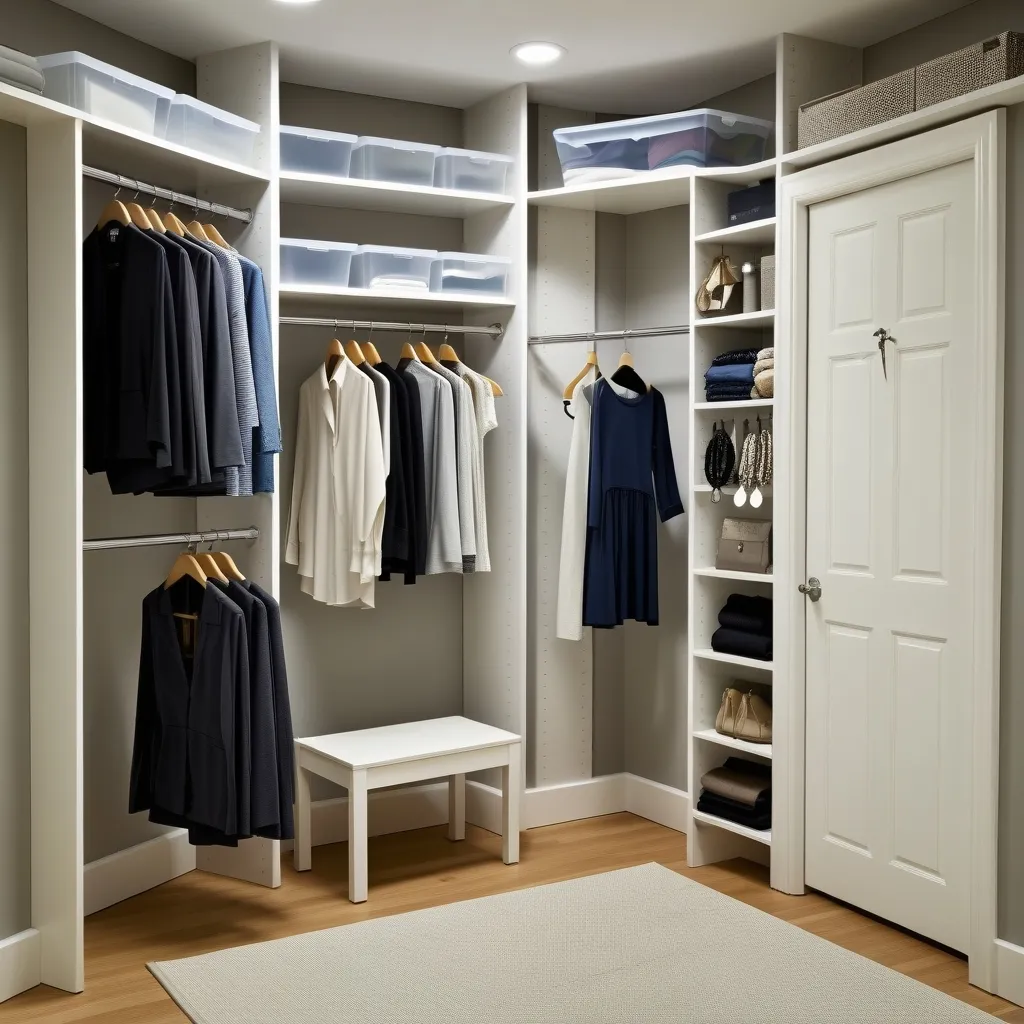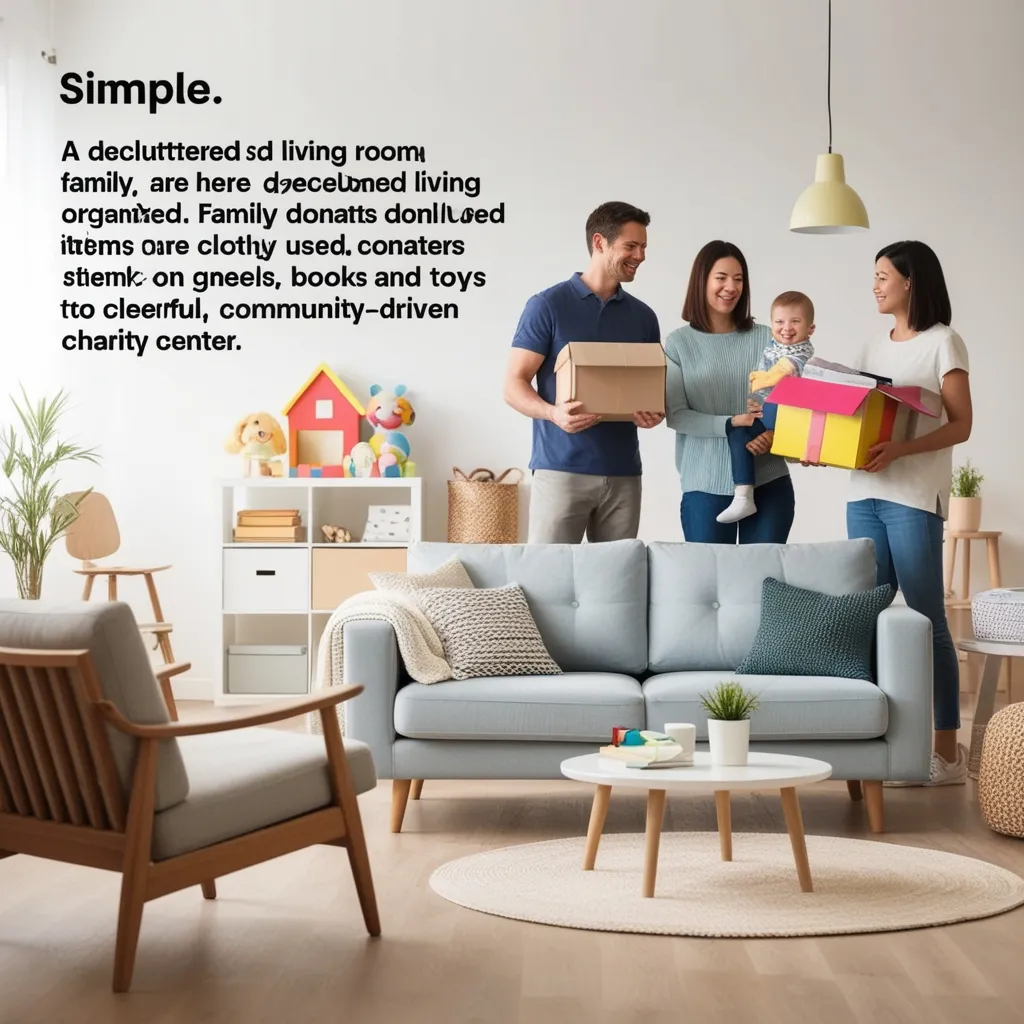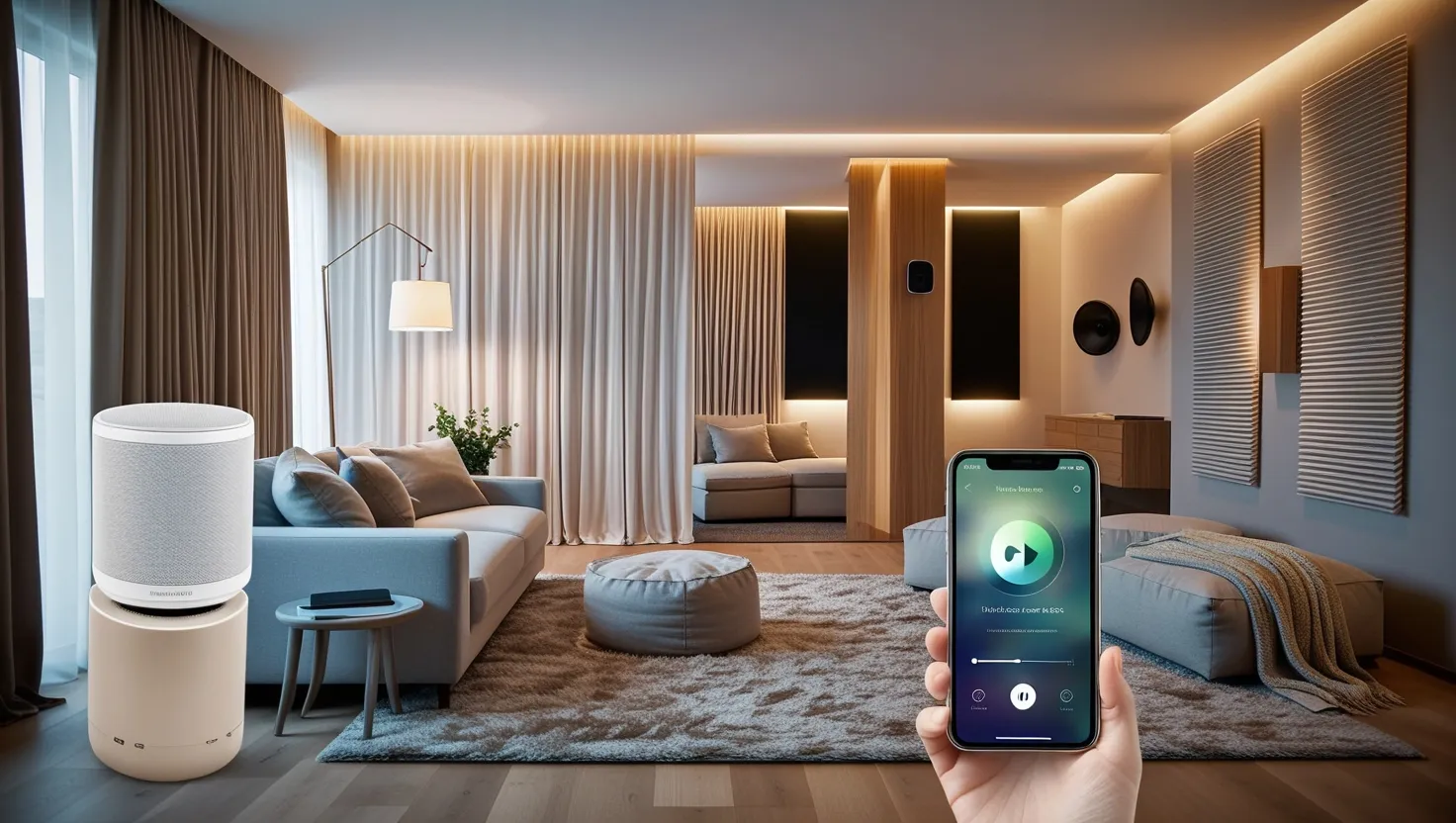When I think about the future of home design, it’s hard not to feel that we’re all a bit disconnected from the world outside our walls. Most modern homes seal us away from sunlight, fresh air, and even greenery, all in the name of efficiency or convenience. But what if the smartest homes are less about high-tech gadgets and more about reconnecting with the basic principles of nature—using biology and ecology to make daily life smoother, healthier, and more sustainable?
I often ask myself, what’s the cost of comfort if it distances us from the rhythms and resources that have supported human life for millennia? Let’s explore some practical, nature-integrated strategies that bring real efficiency while making our homes more alive—places where you don’t just live, but thrive.
“Look deep into nature, and then you will understand everything better.” — Albert Einstein
The first approach that always comes to mind is how light flows through a space. We know artificial lights keep us going long after dark, but have you noticed how being inside all day under LEDs can make you feel sluggish or tense? Aligning living and working areas with the sun’s path—especially arranging desks and activity zones perpendicular to south-facing windows—harnesses daylight for what it does best: energizing us in the morning, then signaling our minds and bodies to slow down by dusk. When we get bright light as we start our day, we naturally feel sharper, and come evening, lower light levels help us unwind. Tapping into this natural cycle means we reach less for sleep aids or coffee, and our reliance on artificial lighting plummets. Is it any wonder that schools and offices with natural light see improved performance and better moods?
But what about the very air we breathe? Consider the hidden benefits of plant-based air filtration. It sounds simple: fill your spaces with certain greenery, and your air quality improves. But how many people realize just how effective some plants can be? Peace lilies absorb formaldehyde from your carpets and cabinets. Spider plants quietly suck up carbon monoxide and other harmful gases. Snake plants work overtime, pushing out oxygen even at night when most plants pause. When you group these green workers together in living rooms or bedrooms, you get constant, silent filtration—no filters to buy, no energy costs. The added bonus: plants also boost humidity during dry winter months, supporting our skin, lungs, and even sleep. Have you tried noticing the difference in how a room feels with and without a cluster of living plants?
“If you wish to make anything better, begin with the air.” — Leonardo da Vinci
Efficiency isn’t just about electricity and water; temperature plays a huge role. Many don’t realize how much greenery can help regulate indoor comfort. Imagine west-facing walls covered in deciduous vines—lush and full in summer, offering shade that cools interiors by several degrees, then bare in winter, letting sunlight warm your afternoons. Think about the humble kitchen herb garden; it’s not only convenient for cooking, but the cluster of leaves drinks up moisture and cools the air via transpiration. This translates directly to less air conditioning in hot months and lower bills. Over time, you might notice how much more stable your home’s temperature feels, with fewer drafts and less of that stifling midday heat.
Now let’s tackle a frustration we rarely discuss: noise. In cities or even busy suburbs, ambient noise can disturb focus and sleep. We often buy sound machines or thick curtains, but have you considered the sound-dampening power of plants? Dense shrubs like holly, positioned outside bedroom windows or along property lines, absorb and scatter the relentless hum of traffic far more naturally than any synthetic panel. Indoors, vertical gardens covered with trailing plants break up echoes and soften sharp noises. The result? A quieter, more restful home—just from a careful planting strategy.
There’s an old proverb: “Silence is a source of great strength.” A garden, properly placed, gifts us that quiet—no batteries required.
Water use is another area where nature-based strategies excel. A typical home sends gallons of rainwater and greywater down the drain, then pays for more water to keep lawns green or gardens alive. Channeling rain from your roof through simple gutters into collection barrels—and then piping it into your vegetable or herb gardens—replaces a surprising amount of municipal supply. If you set up basic greywater systems (directing shower or sink runoff to ornamental beds), you close the resource loop even further. Smart soil moisture sensors, these days surprisingly affordable, ensure you never over- or under-water—plants get exactly what they need, and you waste nothing. The freshest salad you’ll ever taste could be just steps from your kitchen, all grown with water that would have otherwise been discarded.
Do you ever think about what possibilities open up when a resource as basic as water is reused right at home?
I’ve seen homes where routines and rhythms shift subtly but meaningfully as these strategies take hold. You rise with natural light, breathe cleaner air, eat herbs grown in filtered rainwater, and nap next to a living wall muffling the world’s din. Children become more attentive and less irritable. Allergies subside. Utility bills shrink without sacrifice. You start to see your home not as a sealed box, but as a living ecosystem—one that responds to seasons and weather, just as we’re meant to.
Let’s not forget thermal comfort. Passive cooling and heating strategies—like aligning windows for cross-ventilation or layering the right kinds of greenery—let you dramatically reduce air conditioning and heating needs. Ever notice that ancient buildings are often cooler inside, even without modern HVAC? That’s because older designs took advantage of shade, airflow, and heat-absorbing materials. Maybe we can rediscover some of these low-tech solutions, updated for today’s needs.
We might ask: is technology the only path to a smarter home? Or have we overlooked the sophistication of natural processes honed over eons? As I walk through spaces that use these strategies, I’m struck by how much calmer and more productive I feel. There’s depth to the quiet, richness to the air, and a gentle stability to the temperatures that no app or device can replicate.
Remember the words of Frank Lloyd Wright: “Study nature, love nature, stay close to nature. It will never fail you.”
Biophilic design, as some call it, isn’t just about aesthetics or surface greenery. It’s a philosophy that sees the home as a partner in well-being, not just a shelter. When you align your habits with daylight, let plants filter your air, use water thoughtfully, buffer noise with living walls, and shift your temperature needs through smart planting and orientation, your home quietly, continuously supports you.
It’s also about how these changes ripple beyond our own walls. When we use less energy for lighting and cooling, our collective footprint shrinks. When water cycles through our gardens instead of being lost to runoff, communities benefit. As more homes adopt these strategies, neighborhoods become more resilient, green, and inviting. There’s a kind of quiet revolution in these quiet, living homes.
So, I often encourage friends and clients to imagine: What would it be like to live in a home that listens and responds to nature, instead of ignoring it? What unexpected joys or efficiencies might emerge? What if, instead of fighting the seasons and the sun, we designed our lives to flow with them?
There isn’t a one-size-fits-all blueprint—every climate, every lot, every person’s routine is unique. The key is to observe: Where does light fall each morning? Where do you feel a draft? Which corners collect dust or feel stale? This awareness opens the door to new possibilities—sometimes as simple as placing a few snake plants near your bed, or as ambitious as building a rain garden at your back door.
It’s not about abandoning the advances of modernity, but about weaving them together with principles that have guided life for generations. Efficiency, in this sense, isn’t just about numbers on a bill or the latest device. It’s about designing homes that give more than they take, making daily life not just easier, but richer and more connected.
At the end of the day, a smarter home is one where you feel more alive, more at ease, and more in tune with the world around you. It starts with simple changes—opening a window, planting a vine, catching rain, letting the sun guide your schedule. Nature’s systems are waiting, ready to make our homes not just smarter, but truly better. Wouldn’t you want to live in a place like that?






